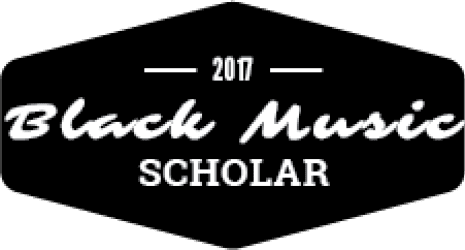Timeline
Early Jazz: The Beginning (1920-1930)
Jazz was born in New Orleans at the end of the 19th century and was a form of collective improvisation. Because New Orleans is on the water, it was easy for people to come from all over the world to to listen and take part in the emerging style. It was a very unique style that incorporated almost every style that came before it like ragtime, blues, marches, and even spirituals. It was even more popular because it gave audiences entertainment to listen to and dance to. It provided a new sense of freedom because it was spontaneous and fun for the listeners and the players.
Notable musicians of this time period were Charles “Buddy” Bolden, Louis Armstrong, Jelly Roll Morton, Sidney Bechet, and more.
Swing (1930-1945)
The Swing Era, also known as the “Big Band Era”, was a time where ensembles were larger and showmanship became a large component of jazz performance. Attire was more uniform, certain groups developed signatures or theme songs for themselves, and even incorporated choreography. Swing Jazz was played in 4/4 time, but emphasized beats 2 and 4.
In this era they were focused on having extravagant arrangements, which allowed them to incorporate riffs, shout chorus, and playing methods like tutti and soli.
Notable musicians of this time period were Duke Ellington, Lester Young, Roy Eldridge, and more.
Bebop (1945-1950)
Bebop was a contrasting transition from Swing because it was the return of smaller ensembles and improvisation. Bebop presented faster tempos, more complex melodies, and musical phrasing that was different from any other jazz form. This was done by experimenting with chord progressions and even drumming with soloists or other sections to accent certain notes or sections of a solo or soli.
Notable musicians of this time period were Bud Powell, Thelonious Monk, J.J. Johnson, and more.
Cool and Hard Bop (1950-1960)
Cool jazz was an approach to improvisation that was not as harsh or fast paced. Arrangements were still intricate but emphasized composition as a whole. Dynamics were softer and the textures were not as hard hitting.
Notable musicians of this time period were Miles Davis, Gerry Mulligan, Modern Jazz Quarter, and more.
Hard Bop Jazz was a direct contrast to Cool Jazz, and was a harder hitting style. It brought back heavy influence of blues and gospel music genres. It was a danceable style that incorporated Latin elements.
Notable musicians of this time period were Clifford Brown, Charles Mingus, Benny Golson, and more.
Modal Jazz (1950s-1960s)
Modal Jazz was based off of the musical scale, but there was no strict chord progression. It was organized horizontally instead if vertically, which made melodies and rhythms more interesting. They incorporated quartal chords, which are intervals of the perfect forth, where the fourth note is used to construct the chord as opposed to the third. Modal jazz was an emphasis on musical freedom and moved jazz in a new direction sound wise.
Notable musicians of this time period were the popular Miles Davis and more.
Free Jazz (1960s)
Free Jazz was a very open jazz style which was sometimes almost all improv. This could be individual or in small collective groups that played dense textures, and experimented with instrumentations like squeaks and screams from the instruments. It was another attempt like to be nonconventional, due to some musicians feeling that older styles of jazz were too restricting.
Notable musicians during this time were Cecil Taylor, Anthony Braxton, and more.
Jazz Fusion (1970s)
Jazz Fusion moved from acoustic instruments into electronic ones like electronic bass and guitar, which is why it was seen as progressive jazz. Rhythm was also a heavy focus in this style, and was more studio recorded. The artists during this time were heavily influenced by rock and roll music and experimented with incorporating the style into jazz music. It was also an experimental use of chord progressions, time signatures, and melodies.
Notable musicians during this time were again, Miles Davis and more.

